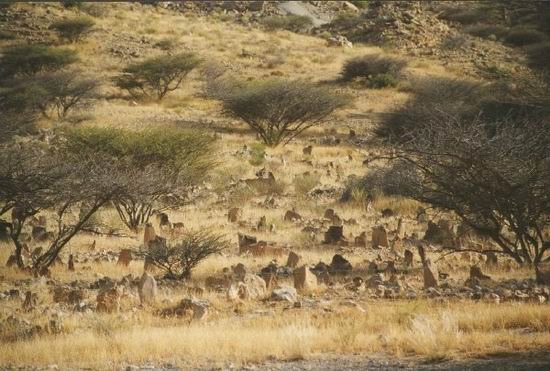Villages
This page is revised on the 1 August 1999
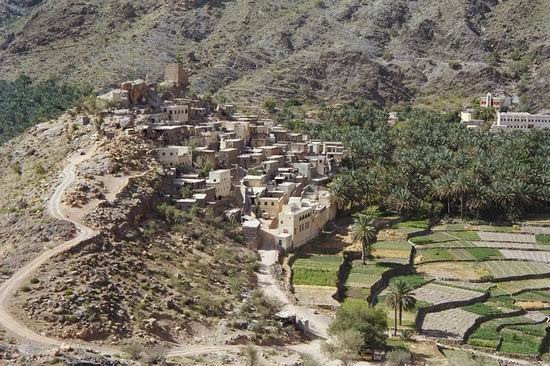
The villages in Oman play an important role in the country's society.
Approximately 1 - 1.3 million people are living in the villages, out of a total population
of approximately 2.4 million. The sultan has stated that the villages must continue to be
an attractive place to live and continue to be an important part of the society. To make
that possible, he has seen that the development of the villages to an certain extend must
reflect the development of the bigger cities. Two important things for that are roads and
electricity, which the sultan has declared must be given to all villages. Other important
things for the development of the villages are schools and health clinics.
Beside that, many picturesque impressions are to be seen travelling around:
The village Bilat Sayt in the mountains, are therefore well-supplied with water.
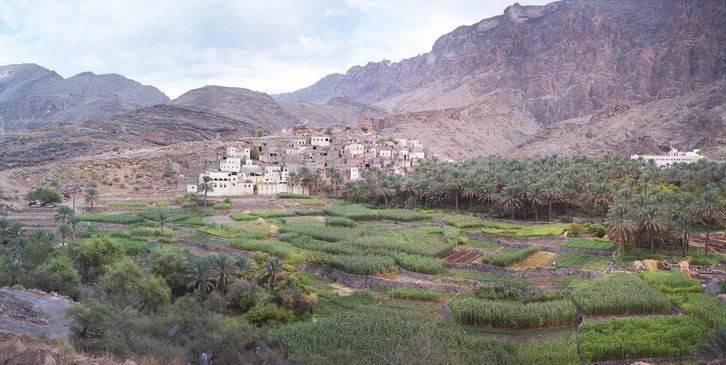
The inhabitants of the villages are not rich. On the other hand they have enough to get
it going. Most of the villages are pretty much self-sufficient with food from their
fields, datepalms and goats. Because of the climate they can harvest many times per year.
It is possible to produce a lot of food from the fields in this in other respects
barren country, because the fields are irrigated from springs and wells. In Bilat Sayt and
in the neighbour villages they are in a particular good position because the nearby
mountains feed them with plenty of water. Even in years without rain. The water is brought
from the springs on the mountains to the fields through the interesting falaj system.
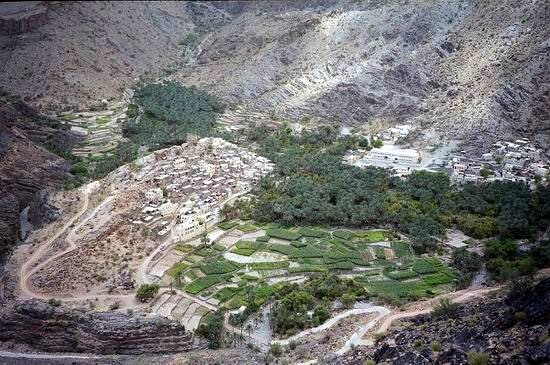
Here is a modern falaj:
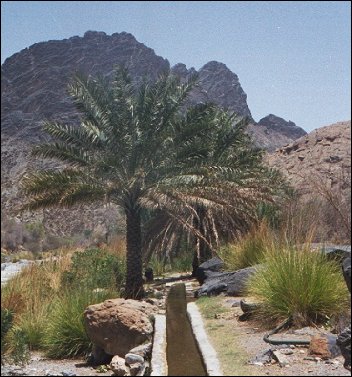
And an old but still used and important falaj on a mountain wall:
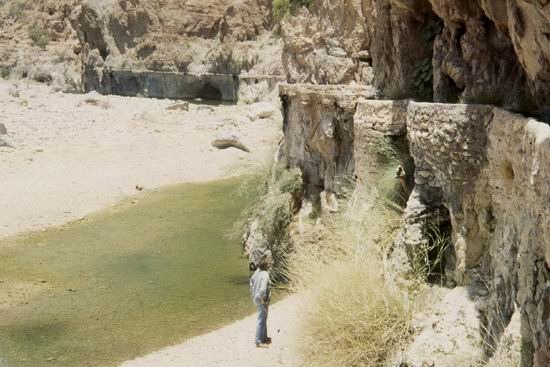
The production of dates is still the basis for life in the villages. Part of it as food
for the villagers, part of it for sale. Oman is on of the most important producers of
dates in the world.
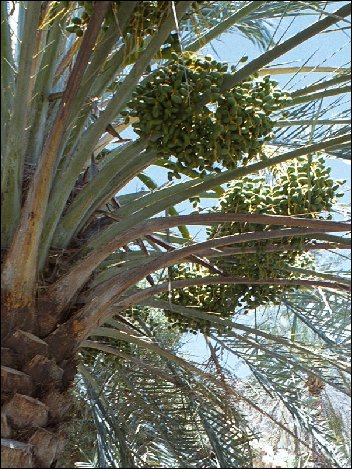
Here are the dates still green, but will be ripe soon. The season starts in the
beginning of June and ends in November. There are around 500 different sorts of dates.
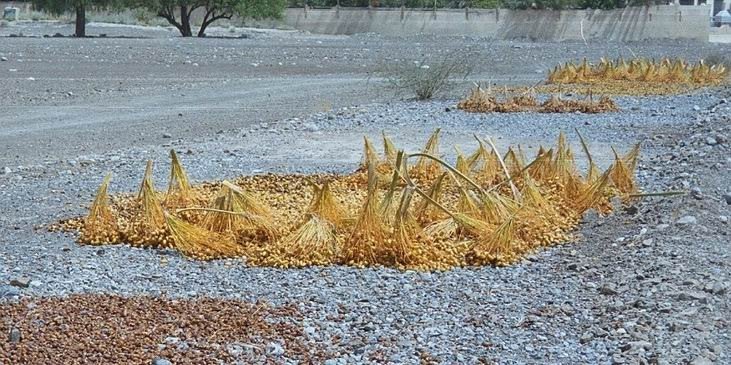
After they have been harvested from the palmtrees they are laid out for drying. All
Omani eat dates. Mostly as cookies along the coffee, but also as regular basis food. The
food value is extremely high.
The villages are seen in most strange places. The one below is positioned in the bottom
of a very deep valley (wadi), and there is only this way to get to it.
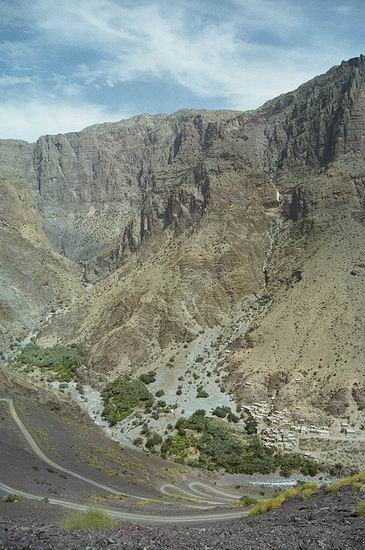
Then there are the smaller and modest villages (settlements).
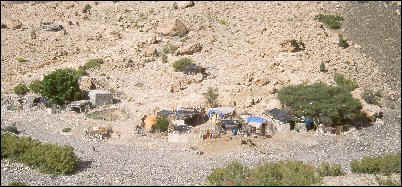
Some prefer to live on their own:
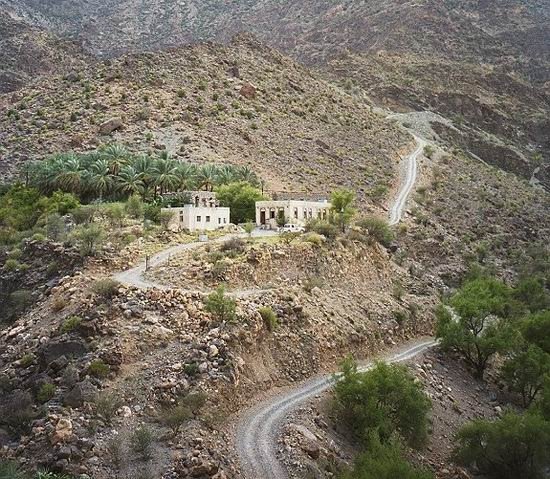
Tiny, tiny settlements partly build into the rocks:
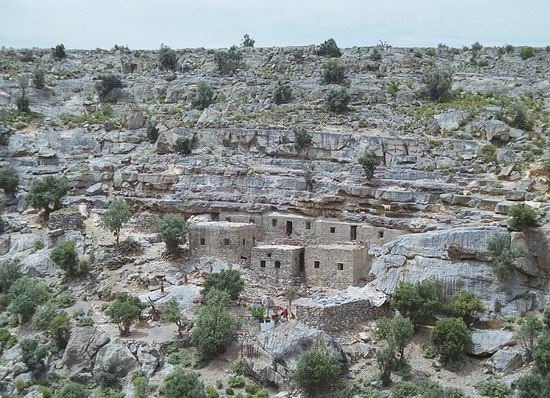
These houses are not real houses but only wall to cover the opening of caves in the rock::
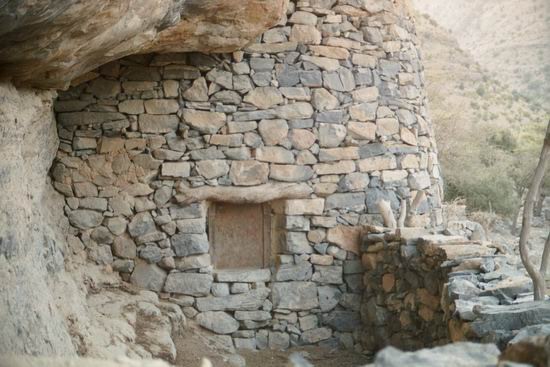
There are still people living here.
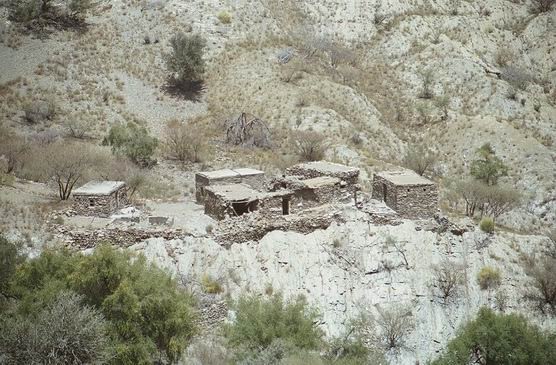
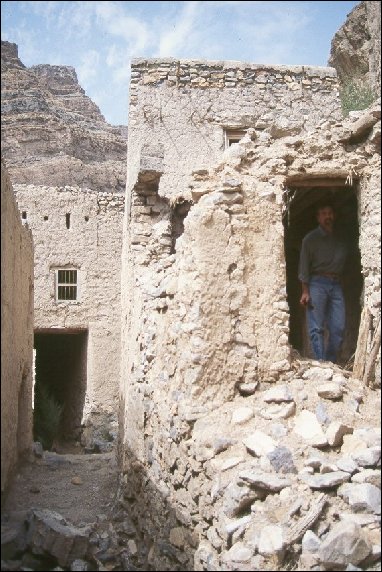
This village is abandoned, but it shows the architectural style of a standard
village.
Below is shown an abandoned village where the fields are still being used. This is
often seen as a result of the villagers moving to modern housing not far away.
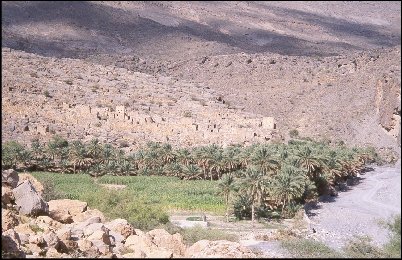
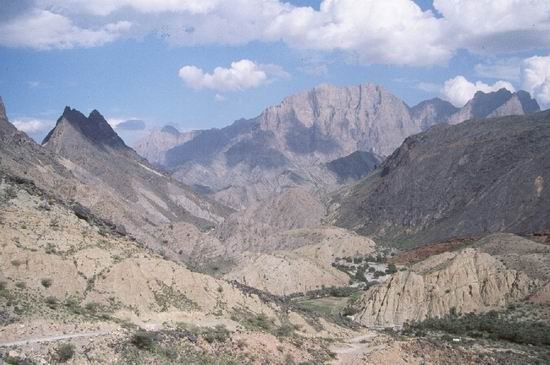
Some of them live with fascinating views from their terrace.
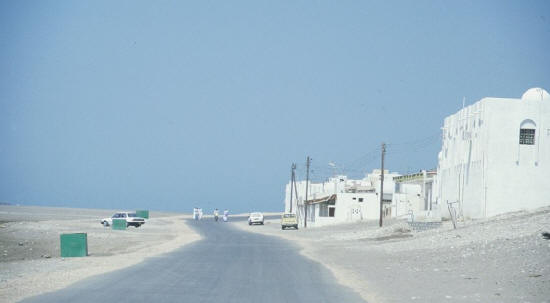
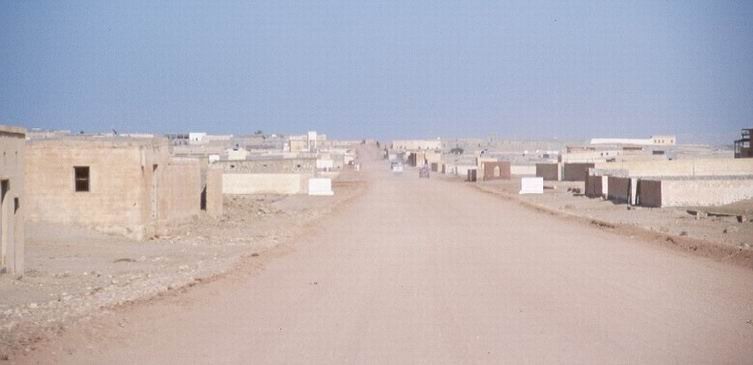
Other places look like it was here Federico Fellini was inspired to his films.
Actually this village above is approximately 10,000 years old, because of its strategic
position at the coast at the corner of the Arabic peninsula (extremely important for the
routes of trading before the aeroplane).
At some places the villages are build up around a fort. Like in many European
countries.
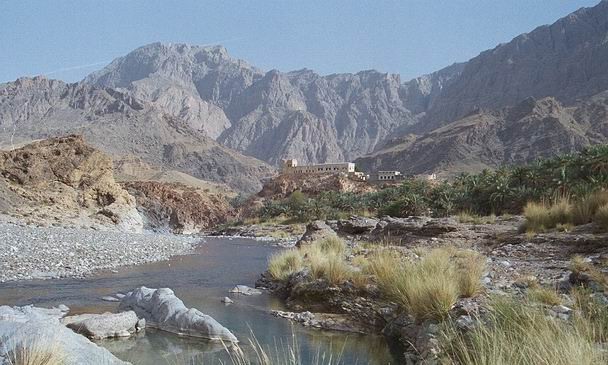
Irrespectively of fort or not, all villages have their own watch tower. There has been
constant intertribal wars forever in this region, until approximately 1970.
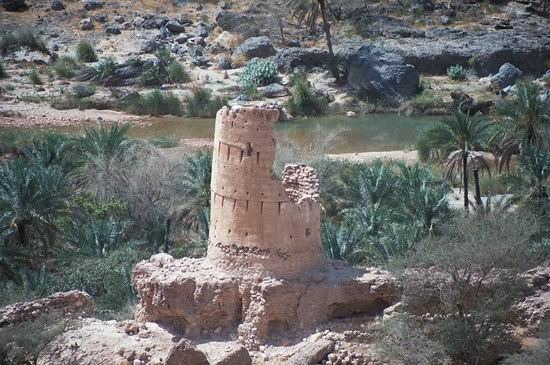
One of the most important parts of village life is to sit in the shade; coffee, dates
and chatting. Only the men!
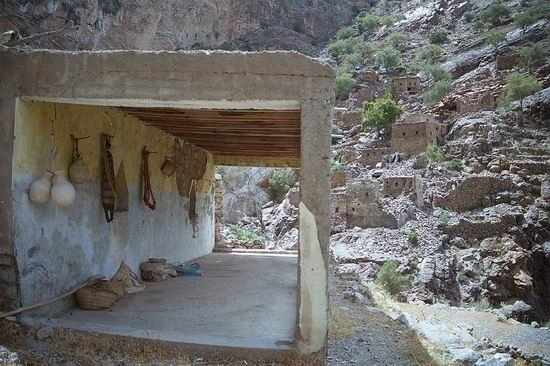
One of the most spectacular villages is found inside this 600 metres deep canyon on
some small terraces. It was in use until beginning of the 1990s. Then the villagers moved
out to the edge of the canyon because a road was build all the way up to them. That made
life much easier for them, e.g. when one of them had to see the doctor.
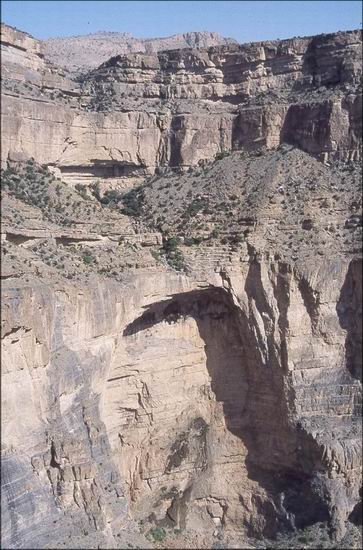
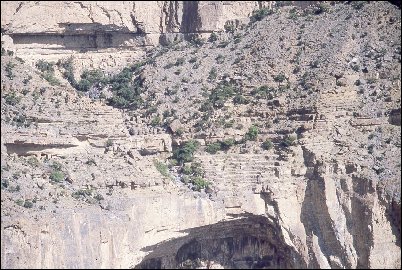
The village is to the left of the picture, under the overhang. Their terraces where
they grew their vegetables is just right of the centre of the picture.
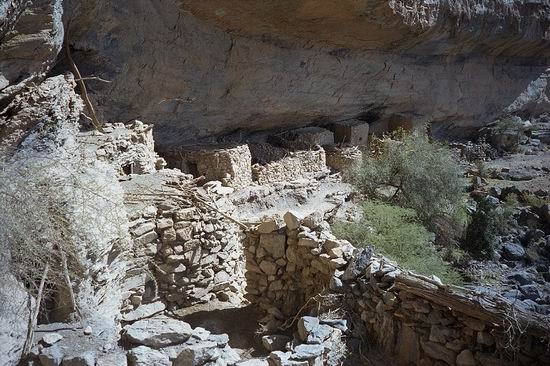
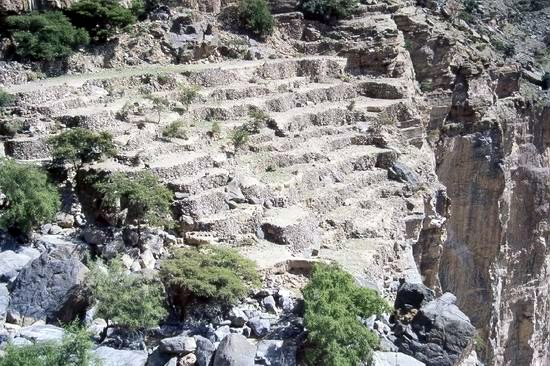
It is important not to feel dizzy while doing the garden......
Another fascinating terrace construction is to be seen on Jabal Akhdar. All the green
are plus the terraces below are man made.
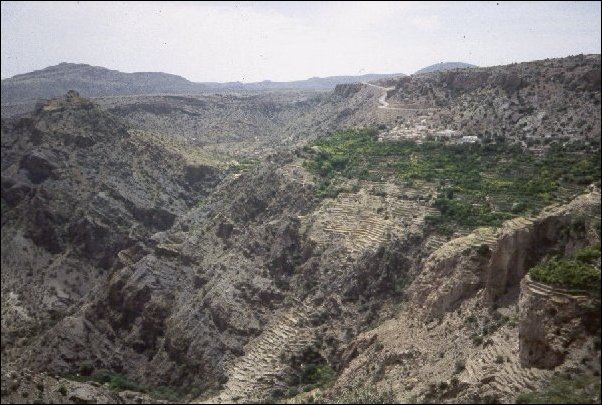
In most bigger villages there are shops for 'Food stuff', 'Novelties' etc.
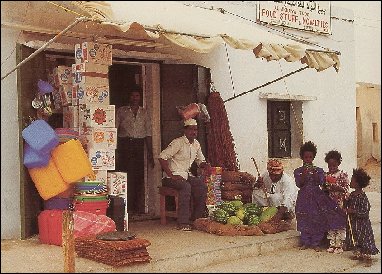
Other places there are big, regular markets where anything from camels and guns to
tomatoes and silver jewellery can be bought:
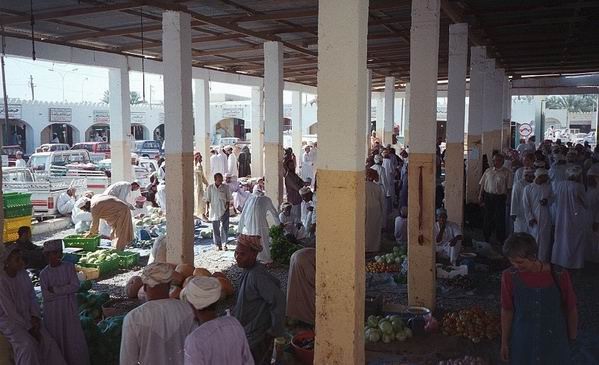
Or you produce your flour yourself:
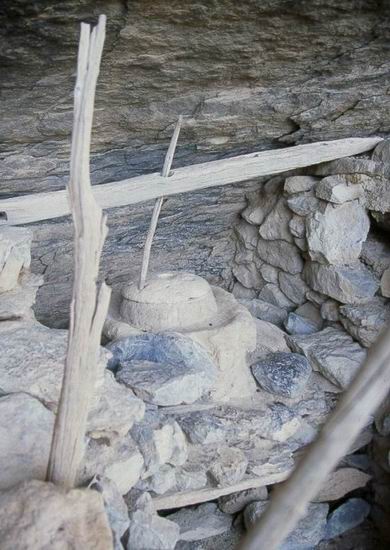
(in use until 1990 !).
There comes a time where we all have to leave this place. Graves in Oman are forever.
Simple, with a stone in upright position.
